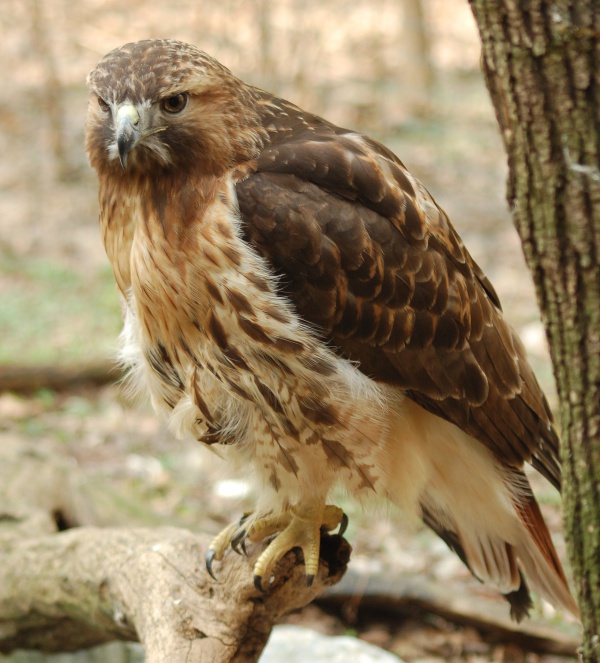Facts About Red-tailed hawk
The red-tailed hawk is a familiar presence across North America, ranging from Alaska and northern Canada to Panama and the West Indies. Scientifically classified as one of the most widespread members of the Buteo genus, it’s colloquially referred to in the United States as a "chickenhawk" despite rarely preying on chickens. This bird of prey is highly adaptable and thrives in diverse environments, including deserts, grasslands, forests, and urban areas. It enjoys protection under the Migratory Bird Treaty Act in Canada, Mexico, and the U.S.
There are 14 recognized subspecies of the red-tailed hawk, each exhibiting unique variations in color and size. Notably, females are typically 25% heavier than males. The hawk’s diet predominantly consists of small mammals like rodents, but also includes birds and reptiles. They typically hunt from perches but will adapt their hunting strategies based on their surroundings and available prey.
Red-tailed hawks are popular in falconry for their trainability and robustness. They are often captured as juveniles, known as passage hawks, before they develop the more challenging behaviors seen in adulthood.
The red-tailed hawk displays considerable plumage variation, especially among western populations, which feature light, dark, and intermediate color morphs. Adult hawks are usually characterized by a dark brown nape and upper head, along with a distinctive reddish-brown tail. Juveniles, on the other hand, possess a brown tail with dark bands and lighter-colored heads and backs.
As one of the largest Buteo species, red-tailed hawks have a wingspan ranging from 110 to 141 cm and weigh between 690 to 1,600 grams. Their sturdy build, thick wings, and broad tail are well-suited for soaring.
These hawks inhabit a wide range of environments across North and Central America. While they favor mixed forests and fields, they are also at ease in deserts, mountains, and urban areas. Their adaptability enables them to thrive in human-altered landscapes such as agricultural fields and alongside highways.
Behaviorally, red-tailed hawks are quite conspicuous, often seen perching or soaring. They are frequently harassed by smaller birds, which can interrupt their activities. Their flight is characterized by extensive soaring with minimal flapping, and they can dive at speeds exceeding 190 km/h.
Their calls consist of a distinctive hoarse scream, often used in films as a generic raptor sound effect. Red-tailed hawks are partial migrants, with northern populations moving south during winter. Their migration patterns are complex and largely depend on food availability.
As carnivores, red-tailed hawks are opportunistic hunters. Their diet primarily includes small mammals, but they can prey on a variety of animals. Their large talons and strong feet allow them to tackle larger prey compared to most other Buteo species. They typically hunt from perches but are also capable of capturing prey in flight or on the ground.
Red-tailed hawks often compete with other raptors, particularly other Buteo species, for territory and food. They usually dominate smaller raptors and can engage in territorial disputes with similarly sized species, such as Swainson's and ferruginous hawks.
During the breeding season, red-tailed hawks engage in elaborate courtship displays and establish strong pair bonds. They construct large stick nests in trees or on cliffs and lay one to three eggs. The female primarily incubates the eggs while the male provides food. After hatching, the young are completely dependent on their parents for sustenance and protection. They fledge at around 42-46 days old and become independent after approximately four months.
Breeding success can vary depending on factors like prey availability, habitat conditions, and human disturbances. In the wild, red-tailed hawks typically live 6-7 years, though the oldest recorded wild individual lived over 25 years. Human activities such as electrocution and poisoning pose significant threats to their survival.
The red-tailed hawk holds cultural significance in Native American traditions, with their feathers being used in religious ceremonies and regalia. They are protected under laws regulating the possession of feathers and parts of migratory birds.

 Honduras
Honduras